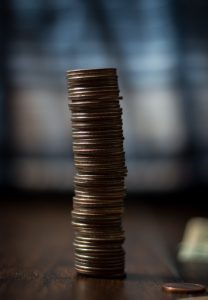Slippage is a term that you might hear often in the world of forex trading. It is an important concept to understand for all traders in the market. In simple terms, slippage refers to the difference between the expected price of a trade and the actual price at which it is executed. It is a common occurrence in forex trading and can have a significant impact on a trader’s profitability.
Slippage can occur in both directions, positive or negative. Positive slippage occurs when the trade is executed at a better price than the expected price, while negative slippage occurs when the trade is executed at a worse price than the expected price. The amount of slippage is determined by a number of factors, including market volatility, liquidity, and order size.
Slippage typically occurs during periods of high market volatility, such as during news releases or major economic events. During these times, the price of a currency pair can move rapidly, and it may be difficult for traders to execute their trades at the desired price. This can result in slippage, as the trade is executed at a different price than the trader intended.
Another factor that can contribute to slippage is liquidity. If there is a lack of liquidity in the market, it can be difficult for traders to find buyers or sellers at the desired price. This can result in the trade being executed at a different price than the trader intended, leading to slippage.
Order size can also play a role in slippage. If a trader places a large order, it may be difficult to find enough buyers or sellers at the desired price. This can result in the trade being executed at a different price than the trader intended, leading to slippage.
Slippage can have a significant impact on a trader’s profitability. If a trade is executed at a worse price than the expected price, it can result in a larger loss than anticipated. On the other hand, if a trade is executed at a better price than the expected price, it can result in a larger profit than anticipated.
To minimize the impact of slippage, traders can use a number of strategies. One strategy is to use limit orders, which allow traders to set a specific price at which they want to enter or exit a trade. This can help to ensure that the trade is executed at the desired price, minimizing the risk of slippage.
Another strategy is to avoid trading during periods of high market volatility, such as during news releases or major economic events. During these times, the risk of slippage is higher, and it may be difficult to execute trades at the desired price.
In conclusion, slippage is an important concept to understand for all forex traders. It refers to the difference between the expected price of a trade and the actual price at which it is executed. Slippage can occur in both directions, positive or negative, and can have a significant impact on a trader’s profitability. To minimize the impact of slippage, traders can use a number of strategies, including using limit orders and avoiding trading during periods of high market volatility.





